
It was a stellar year in 2021 for electric vehicles (EVs) in Australia, with a flurry of new model arrivals, newly introduced state incentives, and the continued rollout of more public charging infrastructure.
But, what electric car models are coming to Australia in 2022?
From the facelifted MG ZS EV small SUV, to the Renault Kangoo E-Tech van and the Tesla Model Y, we outline all the new EVs set to arrive Down Under here.
What Electric Cars Are Coming to Australia in 2023?EDITOR’S NOTE: Exact launch dates are subject to change over time.
For context, ‘H1’ means first-half of 2022, ‘Q3’ means the third quarter of 2022 (July to September), and TBC means to-be-confirmed.
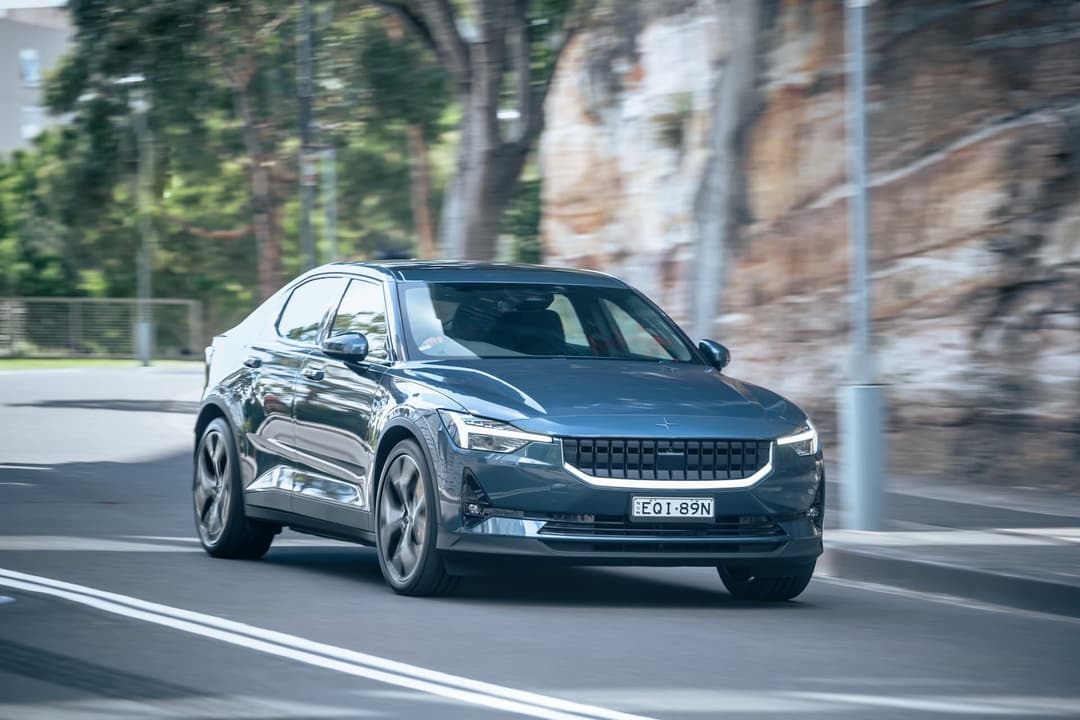
Polestar
- Polestar 2 – February 2022
With the pre-order books now open, customer deliveries of the Polestar 2 crossover liftback are slated for February.
It’ll also mean the debut of the Polestar brand in Australia, a spin-off electric performance brand of Volvo Cars and Geely, though its roots harp back to 1996. You can read everything you need to know about Polestar here.
The Polestar 2 will launch with two available battery packs, three powertrain choices, and three equipment option packages.
It is priced from $59,900 to $69,900 before on-road costs and incentives, with driving range from 440km to 540km tested on the WLTP cycle depending on the variant.
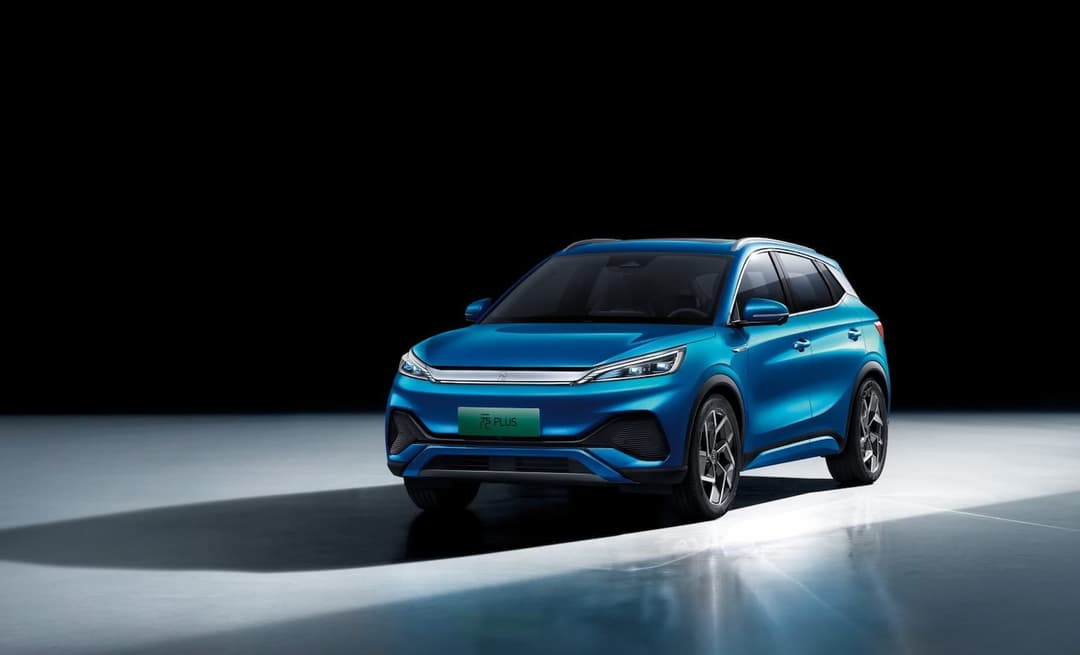
BYD
- T3 – TBC
- E6 – TBC
- Yuan Plus SUV – February 2022
- EA1 – TBC
- Han – TBC
Shenzhen automaker Build Your Dreams (BYD) was set to land in 2021 via distributor Nexport, but it seems a true launch has been delayed until 2022.
The company did sell the affordable BYD T3 light commercial van and BYD E6 family people mover in 2021, but Drive says it only sold very few (50 and 15 respectively) and now have been discontinued altogether.
That’s despite its EVDirect website still taking enquiries for 2022 model-year T3 and E6’s.
What is confirmed, though, is the BYD Yuan Plus small SUV around February 2022.
It has a 150kW/330Nm electric unit good for around 500km of range (estimated WLTP), 800-volt charging capacity, and the Chinese firm’s lithium-iron-phosphate (LFP) based Blade battery that allows it to fit more cells than a conventional ‘skateboard’ design.
Additionally, details are scarce on whether the BYD EA1 small hatchback and BYD Han sleek sedan will ever make it to Australian shores, even though they have been mooted by Nexport, which is part of the TrueGreen Group investment fund and supplies electric buses to the New South Wales government.
The importer did, however, confirm independent mechanic shop Mycar will be the official delivery and servicing agent for all BYD EVs, with “mass delivery” across 30 sites from around March 2022.
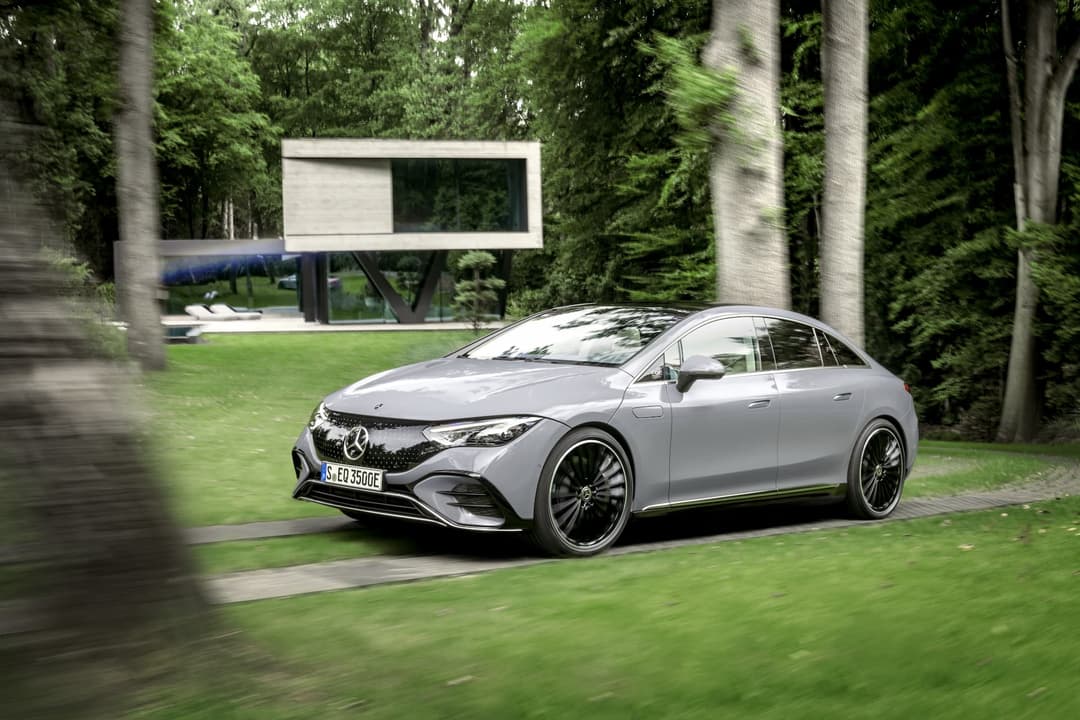
Mercedes-Benz, AMG, and Vans
- EQA 350 SUV – February 2022
- AMG EQS 53 sedan – H1 2022
- EQS sedan – H1 2022
- EQB SUV – H1 2022
- EQE sedan – H2 2022
- EQV – Q3 2022
- eVito – Q3 2022
- eVito Tourer – Q3 2022
The EQ badge is poised to expand to more models in the new year.
We already have the popular Mercedes-Benz EQA 250 small SUV; now it’s time for a more potent EQA 350 4Matic model in February 2022.
Sharing the same equipment levels as per the EQA 250, the EQA 350 will add another electric motor to output 215kW of power and 520Nm of torque (plus 75kW/145Nm) for a 0-100km/h dash in 6.0 seconds.
Despite having the same 66.5kWh battery, the German automaker also says the EQA 350 will have 432km of range (WLTP), which is 6km more than the EQA 250.
While local pricing hasn’t been confirmed for the EQA 350 yet, expect it to be north of the EQA 250 asking price of $76,800 before on-road costs.
On the other hand, Mercedes’ first bespoke EV will debut in early 2022. The Mercedes-Benz EQS limousine will land first in its AMG 53 performance guise first.
It features dual electric motors producing up to 560kW/1020Nm for a 0-100km/h time in 3.4-seconds when opting for the AMG Dynamic Plus package.
Standard, less powerful models will follow, including the single-motor EQS 450+ and dual-motor EQS 580.
All EQS’ have a large 107.8kWh lithium-ion battery pack for up to 770km of range (WLTP), optional 22kW AC charging, and up to 200kW DC charging.
It’s also available with the immersive MBUX Hyperscreen infotainment system, a flurry of ambient lighting strips, faux electric sounds, air suspension, and rear-wheel steering.
Additionally, the EQB SUV will follow. Like the EQA, it’s a simple ICE conversion of the practical seven-seater petrol EQB.
Only available in EQB 350 form, it packs a 66.5kWh battery (usable), either front- or all-wheel drive, and a range of up to 419km (WLTP).
While its design is a familiar affair, it is available with AMG’s multi-spoke aero wheels, EQ-signature full front and rear LED light strips, and retains its seven-seats.
It has a 465-litre boot capacity with the third-row folded down or 1710-litre maximum cargo area with both second- and third-row flat (down 45-litres than the petrol EQB).
While the EQS will be the hero EV for the car giant, the EQE sedan will slot underneath later in 2022 as a smaller, slightly more affordable sibling.
Sharing the same dedicated architecture and ‘One-Bow’ aerodynamic design as the EQS, the shorter EQE sedan will be available in the rear-wheel drive and all-wheel drive models.
It’s powered by a 90kWh lithium-ion battery, with 170kW DC fast-charging capabilities, and up to 660km of range (WLTP).
Mercedes-Benz Vans will also offer the large luxury EQV, the mid-sized eVito Tourer people carriers, and eVito commercial van in the third quarter of 2022, with driving range of around 360km (WLTP).
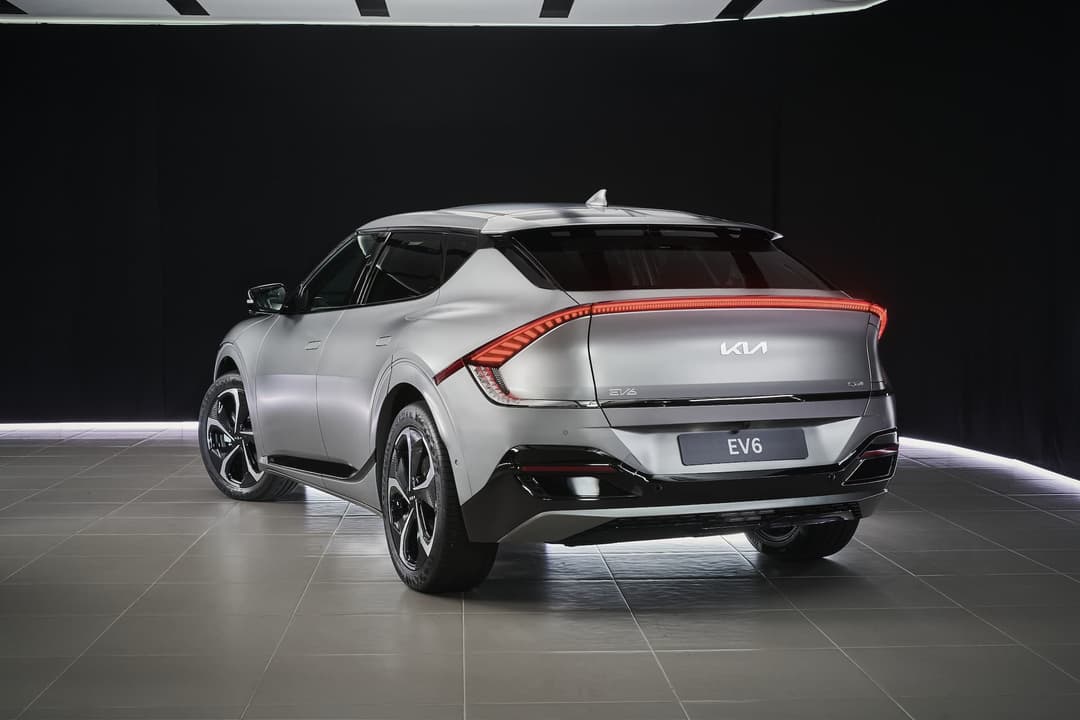
Kia
- EV6 (base and GT-Line) – Q1 2022
- EV6 GT – late 2022/early 2023
- Niro Electric – Q3 2022
In 2022, Kia will launch its first dedicated EV riding on Hyundai’s E-GMP platform. The Kia EV6 will initially launch in Q1 2022 with base and GT-Line model grades.
Only the longer range 77.4kWh battery pack will be offered here on all variants, enabling a range of up to 527km (WLTP) with rear-wheel drive and all-wheel drive options.
Unlike its Hyundai Ioniq 5 sibling car, the EV6 will feature an Australian-tuned ride and handling set up for better comfort on our roads.
However, Kia Australia has already confirmed only around 500 EV6’s have been allocated for Australia throughout 2022 for now.
Meanwhile, the hotter EV6 GT – with 430kW of power and 740Nm of torque – will lob sometime in late 2022 or early 2023.
For a cheaper alternative, the overhauled Kia Niro Electric (plus hybrid and plug-in hybrid family) will launch in Q3 2022 to replace the current (belated for Australia) model dating back to 2016.
The South Korean automaker hasn’t confirmed full specifications yet, but expect a similar battery pack and motor configuration as with the outgoing car. That means a range of around 455km on the larger 64kWh battery and pricing around the $60,000 mark.
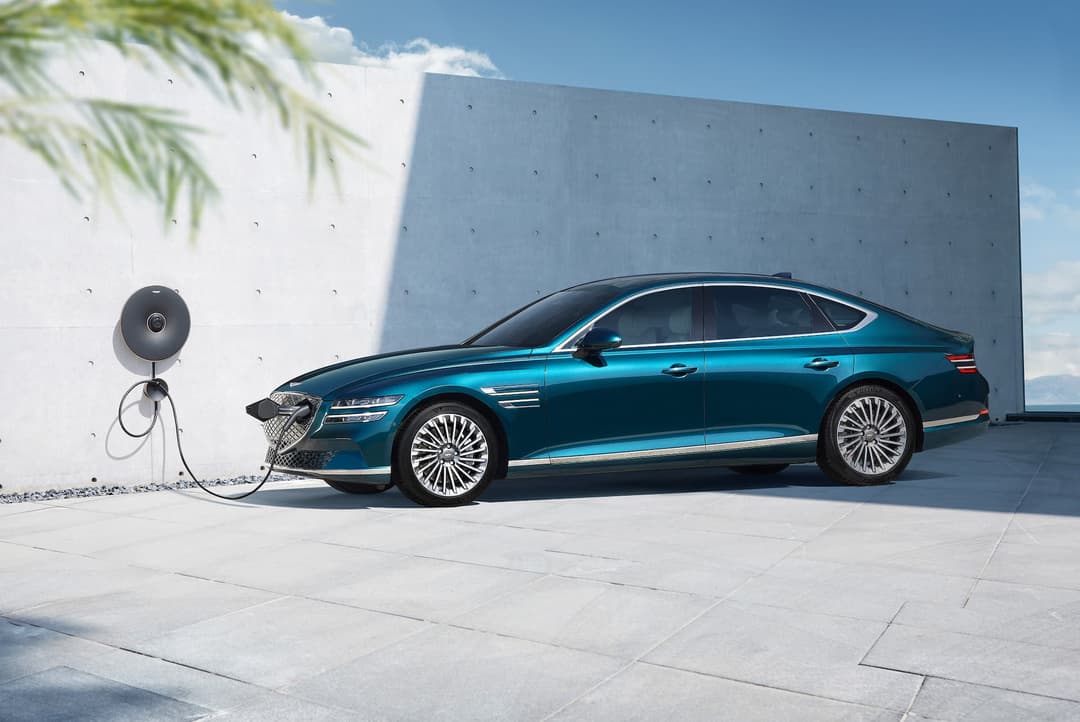
Genesis
- GV60 – H1 2022
- Electrified G80 – H1 2022
- Electrified GV70 – H1 2022
Hyundai’s luxury arm is set for an electric onslaught in the first-half of 2022.
Headlining the trio will be the Genesis GV60, which shares the same dedicated architecture as per the Hyundai Ioniq 5 and Kia EV6, but with a sportier luxury edge.
Distinguishing from its siblings, the GV60 will feature a boost mode toggle, drift mode, an active and adaptive suspension system, and quirkier styling.
It will, however, house the same larger 77.4kWh battery pack with up to 450km of range, 800-volt class rapid DC charging, and rear- or all-wheel drive powertrains.
In the flagship GV60 performance model, two motors output 320kW of power and 605Nm of torque to enable a 0-100km/h spring in just 4.0 seconds when boost mode is enabled.
Additionally, the brand will also release its Electrified G80 large sedan. While it rides on internal-combustion engine (ICE) underpinnings, it’ll still feature 800-volt class charging, vehicle-to-load (V2L), and dual electric motors.
Overseas, there’s even an option of the solar roof (which might come in the Ioniq 5 soon) to aid its large 87.2kWh lithium-ion battery good for 427km of range according to the South Korean EV certification system.
It’ll also be the fastest G80 yet, with 272kW/700Nm of torque able to do the 0-100 sprint in just 4.9 seconds.
Similarly, the Electrified GV70 will use a modified architecture of the petrol and diesel GV70.
The luxury medium SUV is available with all-wheel drive only, 320kW/700Nm (0-100km/h in 4.5 seconds), a boost mode, e-terrain mode, and around 400km of range.
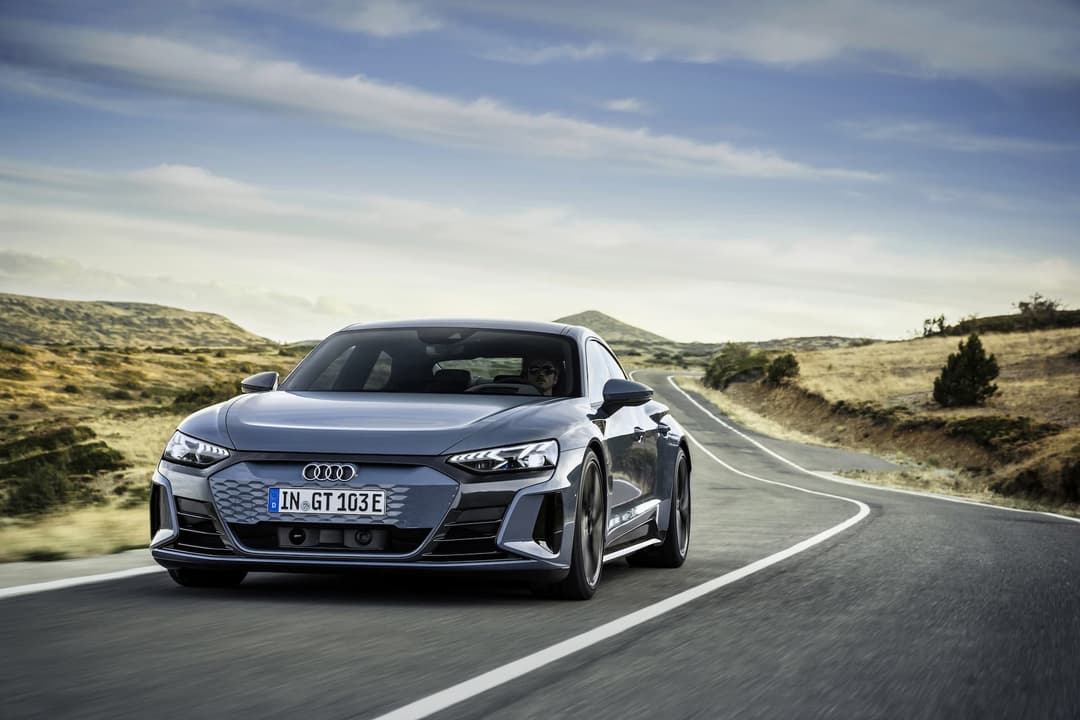
Audi
- e-Tron S SUV – Q1 2022
- e-Tron GT sedan – Q3 2022
Audi will expand its pure-electric line-up in 2022.
Adding to the Audi e-Tron wagon and coupe SUVs released in 2020, the e-Tron S and e-Tron Sportback will top the model range as the hero performance variant in early 2022.
The German automaker has already confirmed it’ll be priced from $165,600 for the e-Tron S wagon SUV and $172,700 for the e-Tron Sportback SUV, before on-road costs.
The more potent e-Tron S brings a tri-motor setup – one electric motor at the front and two at the back – to deliver 320kW of power and 808Nm of torque (increasing to 370kW/973Nm in boost mode) that can do the 0-100km/h time in just 4.5 seconds.
The e-Tron S has a 86kWh (usable) lithium-ion battery for 413km of range (WLTP) on the standard e-Tron S and 418km of range (WLTP) on the more aerodynamic e-Tron S Sportback.
Meanwhile, the slicker Audi e-Tron GT and RS e-Tron GT liftback will land later in the year.
Sharing the same ‘J1’ underpinnings as the Porsche Taycan, it can deliver 440kW/830Nm for a 0-100km/h sprint in just 3.3 seconds on the zestier RS e-Tron GT variant. It also has a launch control function.
Both electric grand tourer models house a 85kWh battery pack (usable) good for up to 488km of range (WLTP) on the ‘standard’ e-Tron GT variant, with 270kW DC fast charging capabilities and a drag coefficient of 0.24.
Also, the Audi Q4 e-Tron SUV based on the dedicated MEB platform is also being considered for Australia.
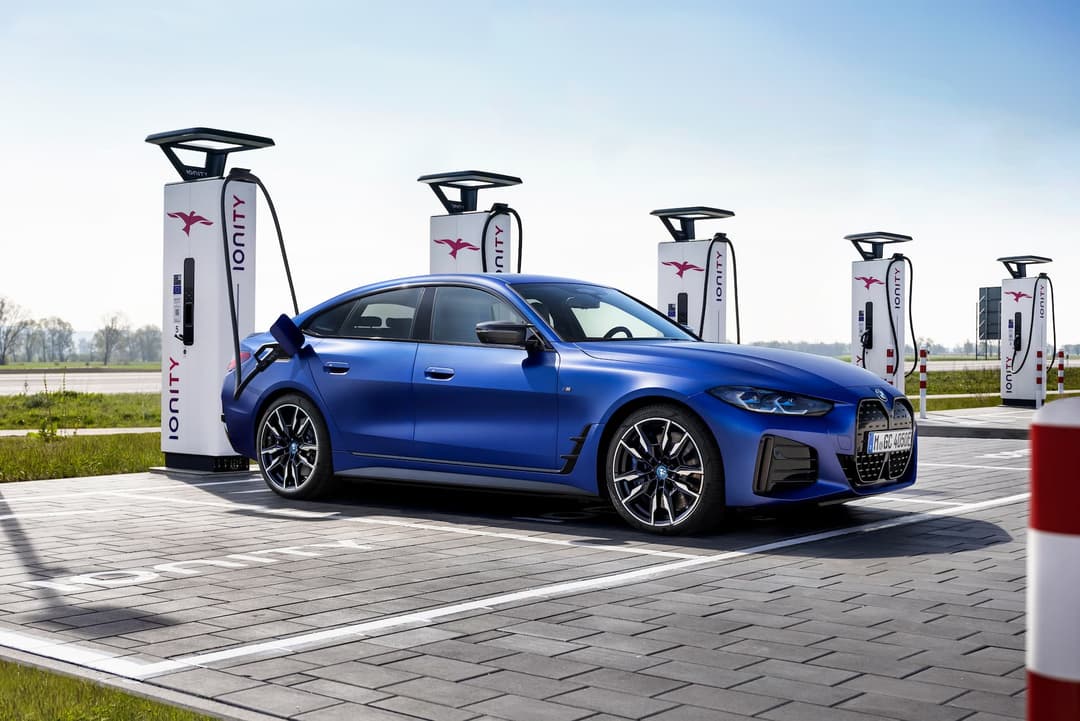
BMW
- i4 – Q1 2022
- iX M60 – mid-2022
While the Barvarian automaker has just launched its headline-grabbing BMW iX large SUV, the BMW i4 liftback is slated to arrive between January and March 2022.
Based on the same ICE-based CLAR platform as the latest BMW 4 Series Gran Coupe, the i4 is set to launch with two variants – eDrive40 and M50 – priced from $99,990 and $124,900 before on-road costs respectively.
The base i4 eDrive40 has a single rear-mounted electric motor delivering 250kW/430Nm to claim a 5.7 second 0-100km/h time, while the i4 M50 ups the ante with a dual-motor configuration outputting 400kW/795Nm to achieve a 3.9 second 0-100km/h figure, along with M Performance styling elements.
Both models have a 84kWh high-voltage battery for up to 590km of range (WLTP) depending on the variant, and 200kW DC fast charging and 11kW three-phase AC charging capabilities.
New owners also receive a free five-year subscription to the growing ChargeFox public AC/DC EV charging network.
Furthermore, the recently introduced BMW iX will gain a hi-po twin with the iX M60 variant in the middle of 2022.
It brings 455kW/1100Nm from its dual electric motors for a 0-100km/h time in just 3.8 seconds, along with a M Performance suspension tune.
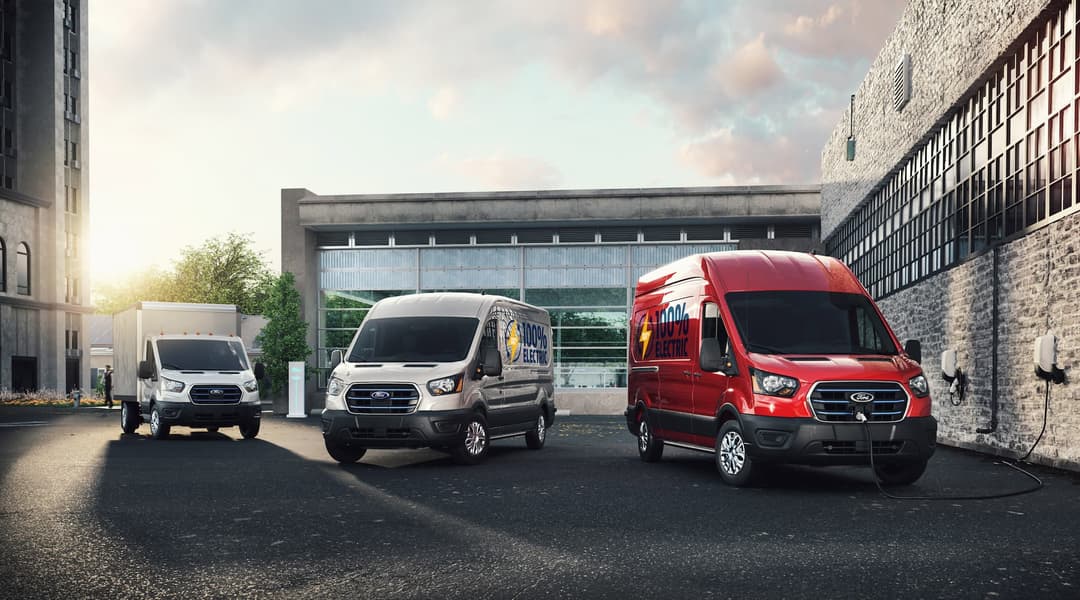
Ford
- e-Transit – mid-2022
Ford Australia has promised its bringing five electrified models here by 2024; one of which will be the Ford e-Transit large commercial van due in mid-2022.
I’ll be the Blue Oval’s first pure-electric vehicle when it arrives, with a 420-litre long wheelbase rear-drive configuration, 68kWh battery for up to 317km of range (WLTP), 11.3kW AC onboard charger and 115kW DC fast charging cap, and a 198kW/430Nm electric motor.
At launch, Ford says 20 dealers can initially service the e-Transit with specialist EV workshop equipment.
The large commercial EV van will feature FordPass Connect cellular connectivity for remote mobile app functionality like pre-conditioning the cabin and scheduling charge times. It also has the company’s latest Sync 4 infotainment system on an expansive 12-inch touchscreen.
However, don’t expect the all-electric Ford Mustang Mach-E SUV and F-150 Lightning ute to lob in Australia anytime soon.
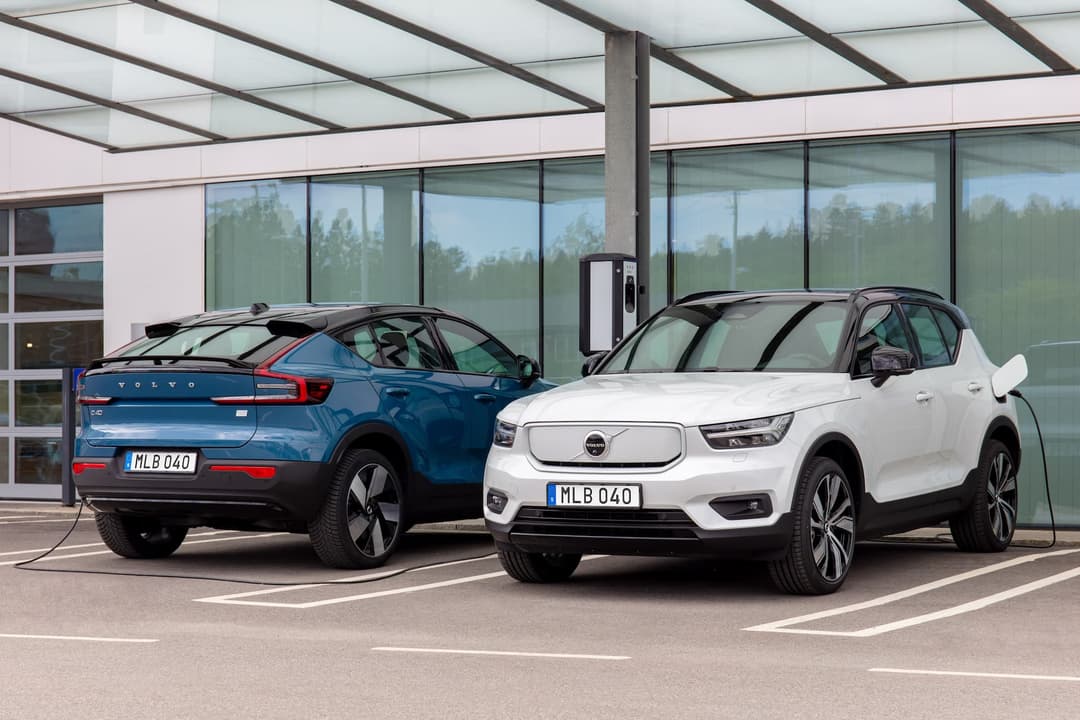
Volvo
- XC40 Recharge Pure Electric (facelift) – mid-2022
- C40 Recharge – H2 2022
The Volvo XC40 Recharge Pure Electric has been sold out until February 2022. But, a facelift is already on its way for mid-2022.
The existing dual-motor, all-wheel drive flagship will be joined by a cheaper single-motor, front-wheel drive model for the 2023 model-year.
The latter pumps out 170kW/330Nm using a 69kWh battery for an expected 380km range (WLTP), while the dual-motor retains its 78kWh battery with an 300kW/660Nm figure and 418km of range (WLTP).
That makes the impost into a fully-electric XC40 from just $72,990 for the single-motor (down $4000 the current 2022 model) and $79,990 for the dual motor (up $3000).
Both will gain a revised front and rear bumper design, tweaked light clusters, and painted grille. The new single-motor version has less standard equipment like 19-inch alloy wheels, while the dual-motor nets Pixel matrix LED headlights, new wheels, and sustainably-made seats to offset its price increase.
Additionally, its sleeker coupe SUV sibling will arrive in the second-half of 2022.
The Volvo C40 Recharge has a raked roofline for better aerodynamics for a range of 420km (WLTP) using the larger 78kWh battery pack, it’ll debut the Swedish automaker’s first leather-free interior made up of bio-based and recycled materials, and unique LED-backlit topographical texture across the dash and doors.
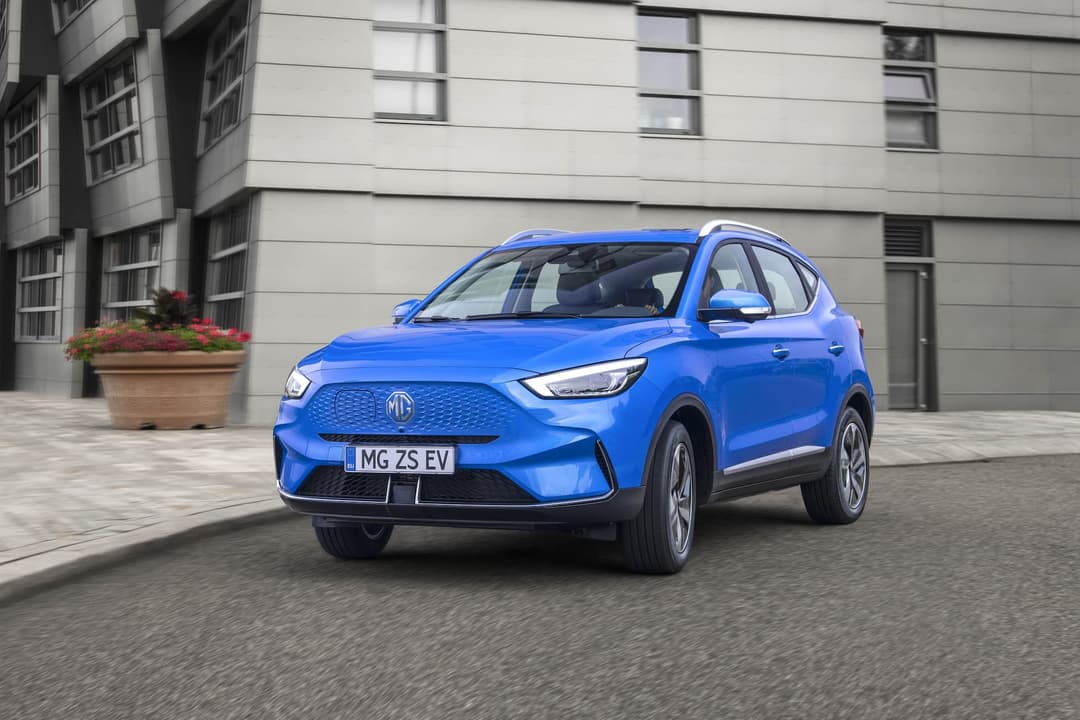
MG
- ZS EV (facelift) – H2 2022
Australia’s most affordable battery-electric SUV is getting a major refresh.
The facelifted MG ZS EV will bring its exterior and interior styling in line with the petrol-powered MG ZST on which it’s based, with a body colour painted face, new lights, slicker aerodynamic wheels, and improved front charging port cap.
Importantly, there’s now two battery options – a Standard Range 51kWh (up from the current 44.5kWh) and Long Range 72kWh pack. That enables the ZS EV a driving range of 320km and 440km (WLTP) respectively.
The small SUV can also now handle three-phase 11kW AC charging, 76kW DC fast charging, and even offer vehicle-to-load (V2L) functionality.
Furthermore, it has a more energy efficient electric motor able to pump 130kW/280Nm for a 0-100km/h time in 8.6 seconds.
Local pricing and specifications are slated to be announced in Q2 2022.
European markets also sell the MG 5 Electric wagon and MG Marvel R medium electric SUV, though only the latter is under consideration for Australia.
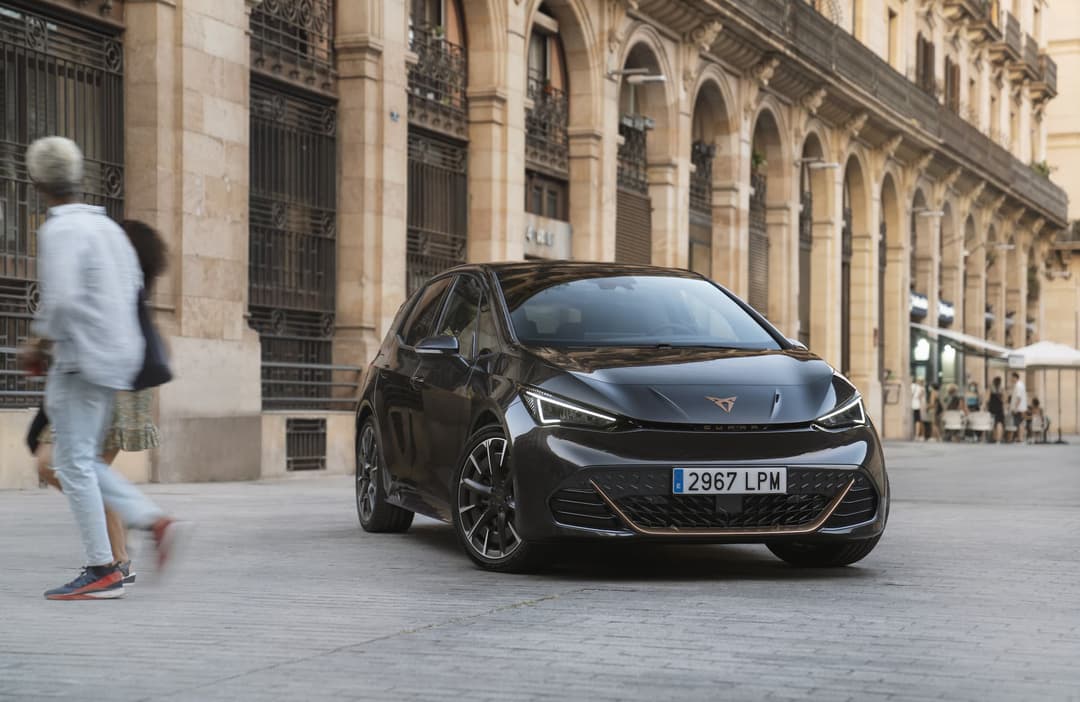
Cupra
- Born – late 2022/early 2023
Volkswagen’s performance Spaniard brand will land in Australia from mid-2022, but its first EV model will lob later in the year.
The Cupra Born will officially be the first bespoke pure-electric vehicle to be sold in Australia from the Volkswagen Group using the MEB architecture that’s found on the Volkswagen ID.3 and Audi Q4 e-Tron.
Unsurprisingly, the Born shares much of its DNA with the ID.3 small hatch, except for some unique head- and tail lights, Cupra signature copper accents, and sportier interior with a larger 12-inch infotainment system.
If in line with Cupra’s ICE and plug-in-hybrid (PHEV) offerings, expect it to be offered with two drivetrains – 110kW and 150kW rear-wheel drives, both of which output 310Nm of torque. A Cupra-exclusive e-Boost function ups power to 170kW for a 0-100km/h sprint in 6.6 seconds.
There’s also two battery packs – 58kWh and 77kWh – for a driving range of up to 427km and 540km (WLTP) respectively.
The Spanish brand will sell its vehicles exclusively online with fixed prices, assisted by physical ‘Cupra City Garages’.
Buyers wanting an EV with a Volkswagen badge will need to wait until at least 2023 for the Volkswagen ID.3 small car and ID.4 medium SUV due to Australia’s lax emission standards and support for EVs, according to the local arm.
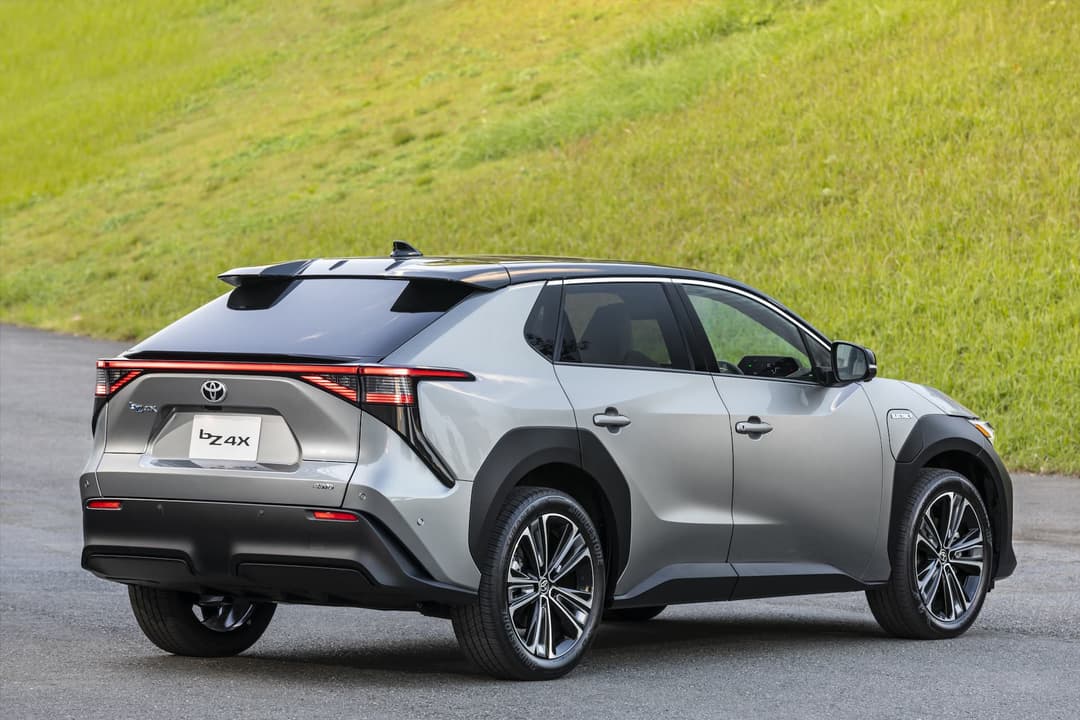
Toyota
- bZ4x – Q4 2022
The mid-sized Toyota bZ4x is an all-electric version of the popular ICE-powered RAV4, though the Japanese firm expects low volume sales come late 2022.
Riding on the bespoke e-TNGA platform, it uses a 71.4kWh lithium-ion battery for up to 500km of range (WLTC) depending on the variant, and the option for a dual 160kW motor and all-wheel drive.
It is capable of up to 150kW DC fast charging, has V2L capabilities, and is available with a solar roof in overseas markets.
Toyota Australia has confirmed, though, that “this car will be expensive” and won’t sell in any large volumes.
This is the Japanese conglomerate's first model wearing its ‘bZ’ (beyond Zero) badge as part of an EV push to offer 30 battery-electric vehicles by 2030.
While Subaru Solterra and Lexus RZ crossovers share most parts with the bZ4x, both have been ruled out for Australia.
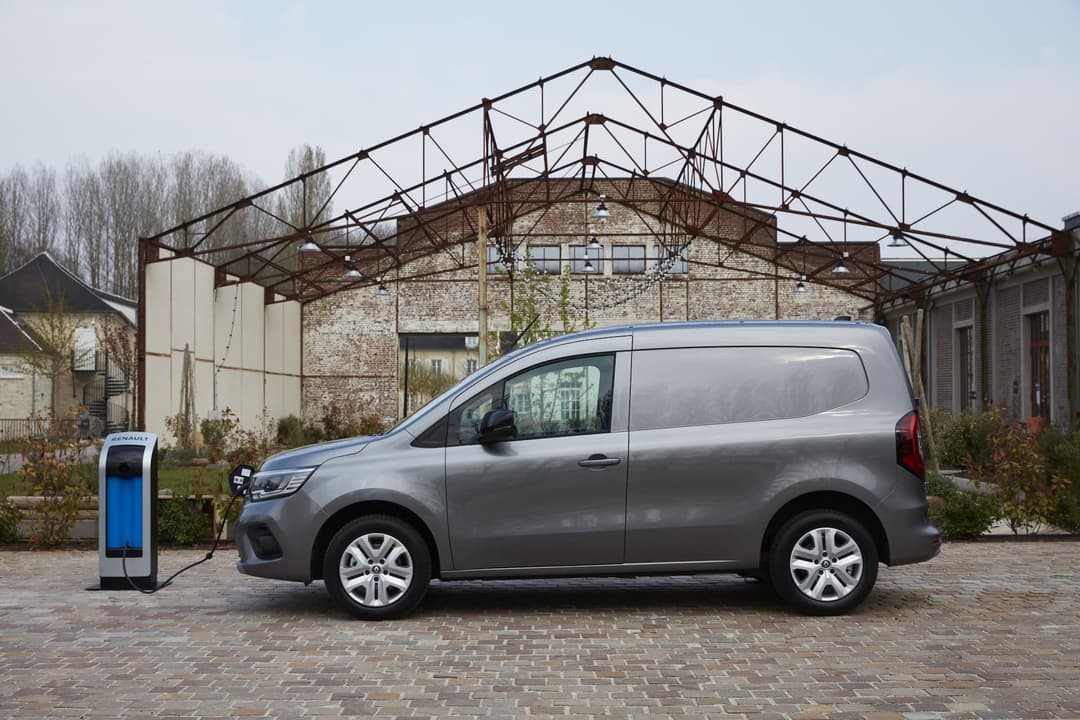
Renault
- Kangoo E-Tech Electric – Q4 2022
On the light commercial vehicle end, the ageing Renault Kangoo is set for an overhaul in late 2022 – and its zero-emissions guise will continue to be sold Down Under, too.
The all-new Renault Kangoo E-Tech rides on the brand’s CMF-B platform used in passenger cars like the Captur light SUV, which will give it a leg up in cabin comfort, safety, and practicality.
The Kangoo EV matches a 90kW/245Nm motor with a 45kWh lithium-ion battery for a range of up to 300km (WLTP). It can be replenished at up to 80kW DC or 11kW AC, though 22kW AC capability is available in Europe.
That’s a marked improvement over the current Kangoo Z.E. – which dates back to 2011 – that only has a 33kWh battery and 230km range (WLTP).
But, don’t expect the Renault Zoe city car to make a comeback after the last-generation model was axed locally in 2020, and there’s no word on the all-new Renault Megane E-Tech Electric small SUV, either.
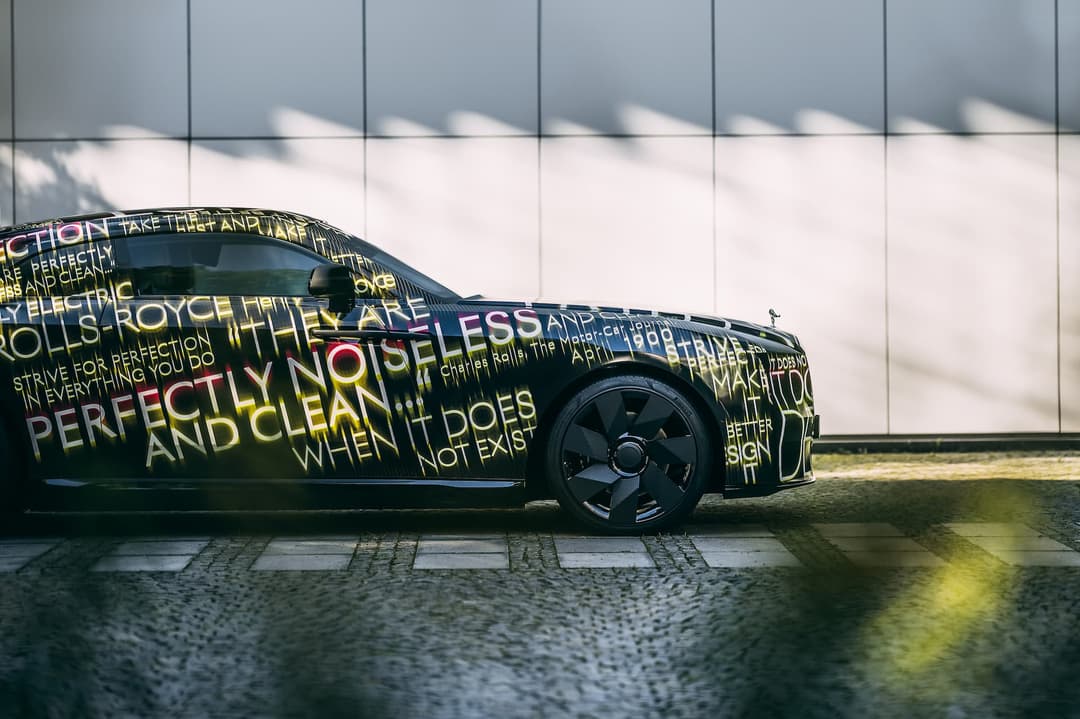
Rolls-Royce
- Spectre – Q4 2022/sometime in 2023
Rolls-Royce is skipping hybrid and plug-in-hybrid power, and is set to debut the most luxurious and comfortable EV yet.
The Rolls-Royce Spectre has been teased riding on a variation of the aluminium chassis used in the ICE-powered Phantom and Ghost, with deliveries to begin from the fourth quarter of 2023.
Despite the camouflage, the Spectre has the British marque’s signature square grille with vertical slats, traditional coach doors, and a steeply raked roofline to form a coupe silhouette.
The Spectre is significant as Rolls-Royce has long been an carmaker fixated on producing powerful, yet comfortable V12 ICE engines.
It is the first step towards a fully-electric line-up by 2030.
Its co-founder Charles Rolls even supported the development of EVs in 1900 after he experienced an early electric motor called Columbia, before the company was established in 1904 to create ‘the best motor car in the world’.
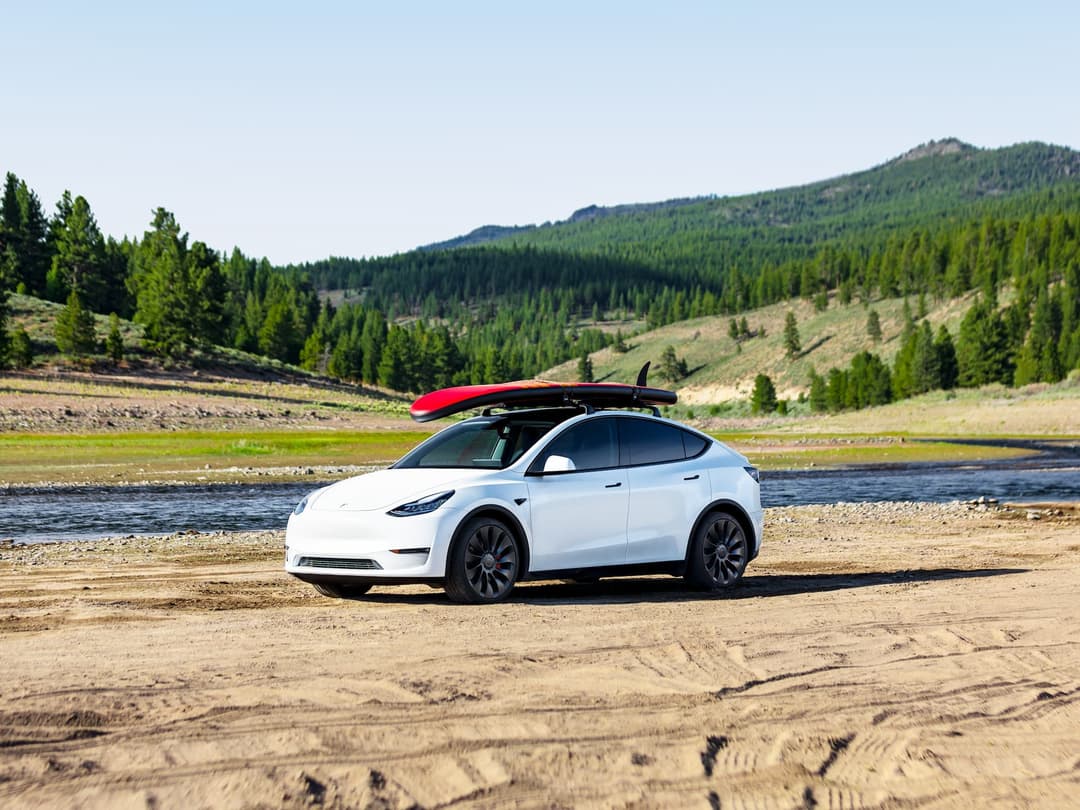
Tesla
- Model Y – sometime in 2022
Tesla’s much anticipated small SUV is arriving in 2022.
The Tesla Model Y is set for an Australian debut with base, Long Range, and Performance variants just like the Model 3 sedan on which it is heavily based on (and is currently Australia’s best selling EV).
The former is exclusively powered at the rear-wheels with a 62.28kWh lithium-ion phosphate (LFP) battery, while the latter two variants will feature all-wheel drive and a larger 82.8kWh lithium-nickel-manganese-cobalt-oxide (NMC) battery.
That means a driving range of around 455km to 542km (WLTP) and 0-100km/h acceleration times of 6.9 seconds to 3.7 seconds depending on the variant.
Over the Model 3, the Model Y has a hatchback boot opening with 854-litres of space and a 117-litre frunk capacity. It also features an interior HEPA filter to eliminate 99.97 per cent of fine particulate matter and gas pollutants.
Like with all SUVs, expect a price premium over the Model 3s current $69,990 before on-road costs entry price tag.
Tesla Australia will continue to soldier on with selling small passenger cars only in 2022, with the facelifted Tesla Model S and Model X not due until 2023 or beyond, let alone the Roadster and Cybertruck.
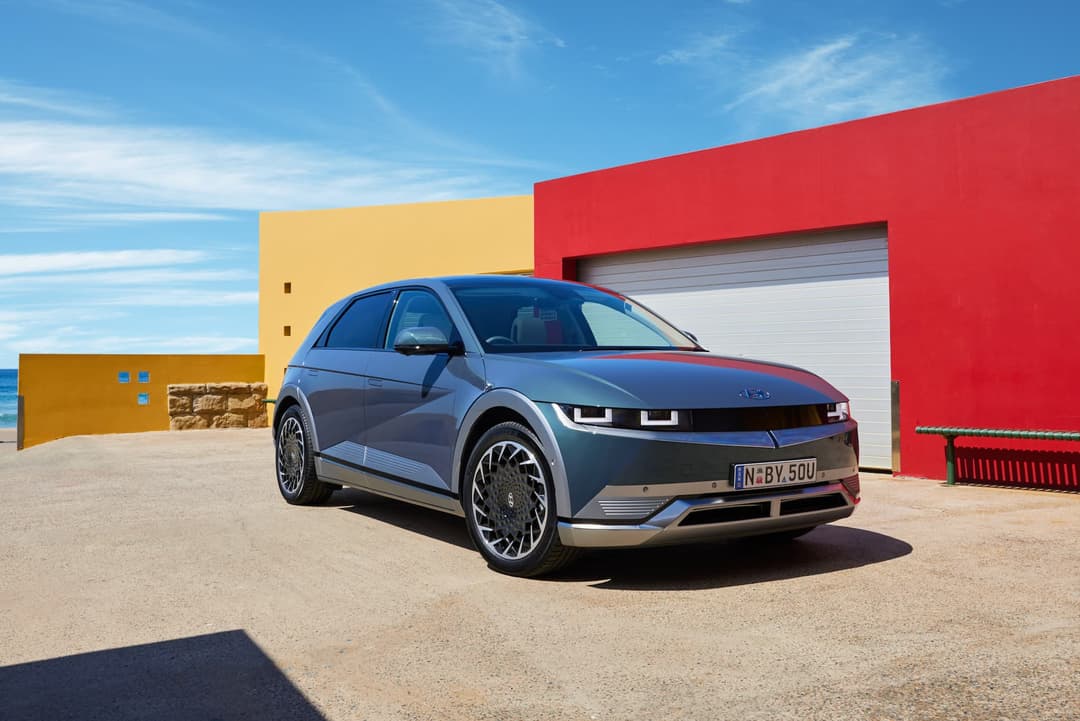
Hyundai
- Hyundai Ioniq 5 (spec update) – sometime in 2022
Hyundai has already launched its retro Ioniq 5 SUV here in late 2021, but was limited to 240 units.
Expect more stock batches to arrive in the new year, with the company confirming minor specification changes to amend some missing features currently on the Australian launch model, which we’ve detailed here.
Importantly, the smaller 58kWh battery pack is on the cards, delivering an electric range of up to 400km, less standard equipment and a cheaper price tag around the $60,000 mark.
When spec changes do come into effect, it could be labelled under model-year 2023 for the retro-inspired electric SUV.
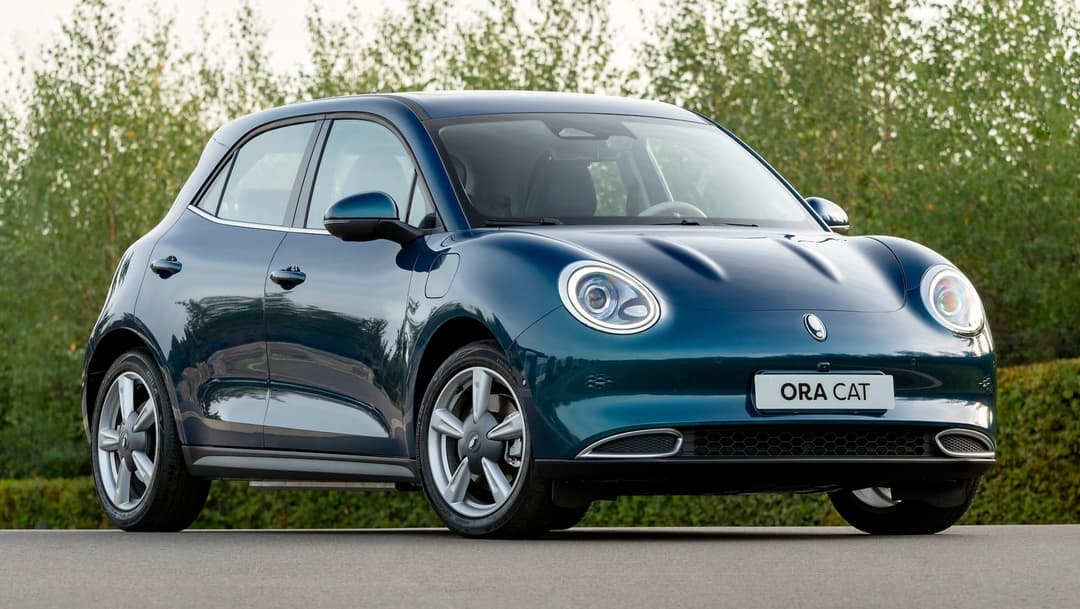
GWM
- Ora Cat – sometime in 2022
Chinese-made EVs are going global. Great Wall Motor (GWM) has quietly confirmed its Ora Cat (or Cat 01) electric hatchback will be exported to Australia in 2022.
While it’s unclear whether the EV sub-brand will launch as either Ora or Euler (as per the media release), the Mini-esque city car features small car dimensions, two 10.25-inch instrument and infotainment displays, and a front-mounted 126kW/250Nm motor for an 8.5 second 0-100km/h acceleration time.
It’s capable of 80kW DC fast charging and 11kW three-phase AC charging as standard to juice up its standard 48kWh or available 63kWh battery pack good for 336km and 420km (WLTP) respectively, at least on the right-hand drive UK version.
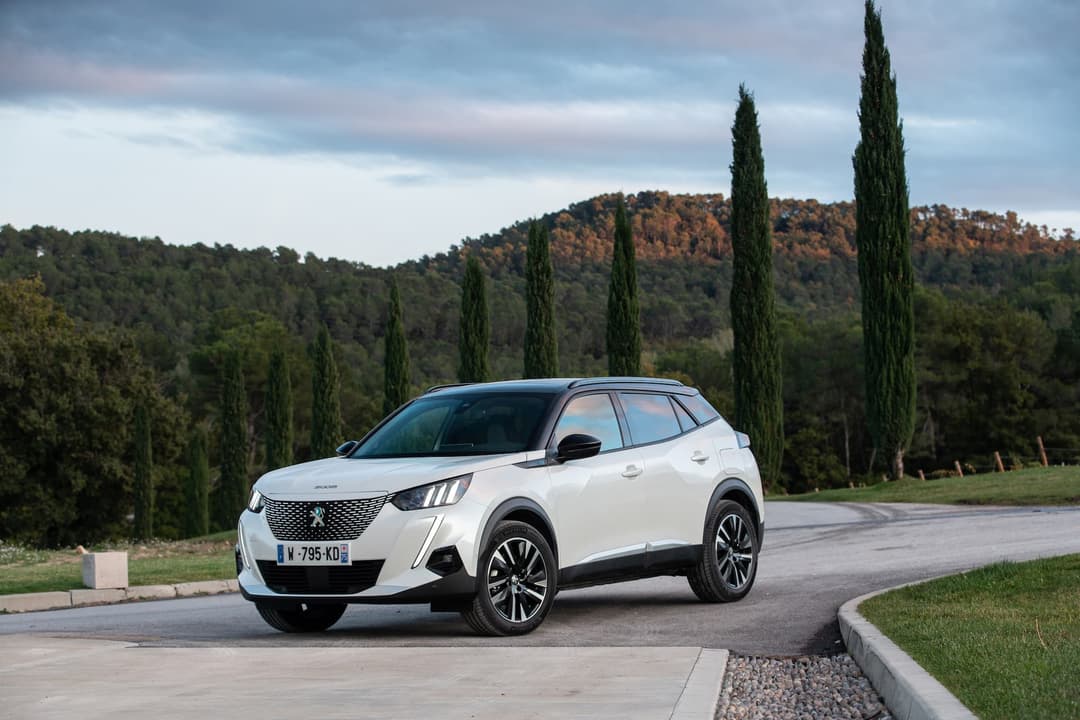
Peugeot
- e-208 – TBC
- e-2008 – TBC
- e-Partner – TBC
- e-Expert – TBC
- e-Boxer – TBC
Peugeot Australia has confirmed it’ll bring its first EV models here in 2022, but stopped short on giving specific models.
However, it seems the Peugeot e-2008 small SUV, e-Partner light commercial van, and e-Expert mid-sized van are most likely on the cards, while the e-208 hatchback is “under evaluation”.
Regardless, all are based on petrol- or diesel-powered equivalents.
The e-2008 pairs a 100kW/260Nm electric motor with a 50kWh lithium-ion battery for a range of up to 322km (WLTP).
For reference, the petrol-motivated Peugeot 2008 is currently selling from $34,990 to $43,990 before on-road costs, so expect a price tag well north if the EV version lands.
As for the e-Partner and e-Expert commercial vans, both have 100kW/260Nm front-mounted motors and a 50kWh battery pack for a range of 275km and 238km (WLTP) respectively.
In Europe, the mid-sized e-Expert can also be optioned with a longer-range 75kWh battery good for 340km (WLTP).
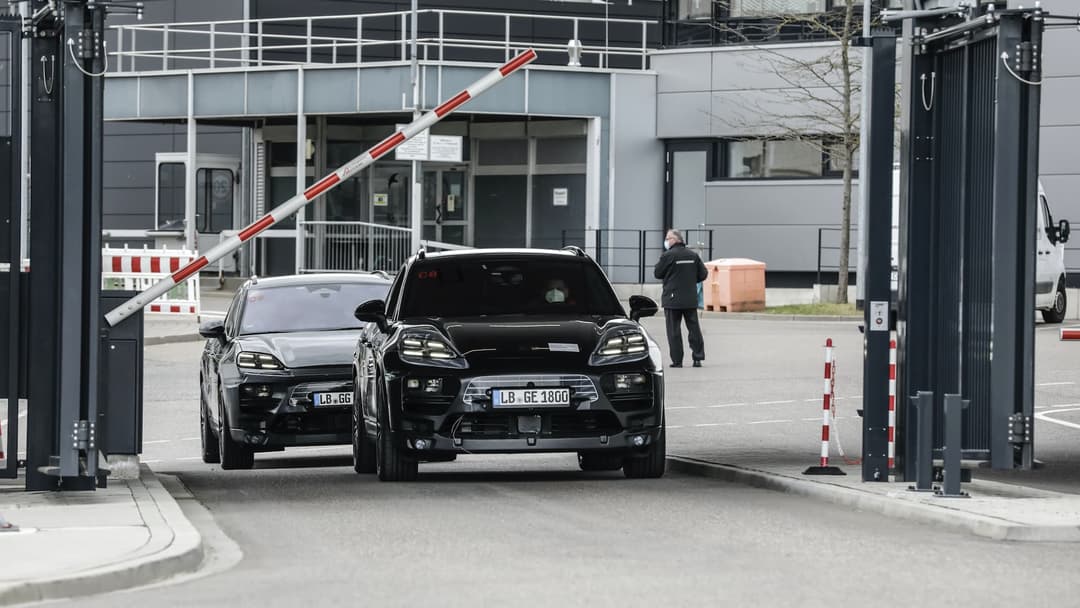
Porsche
- Macan – sometime in 2022
- Taycan sedan (base RWD) – early 2022
- Taycan 4 Cross Turismo – early 2022
- Taycan GTS sedan – Q2 2022
While details are still scarce on the 2023 Porsche Macan SUV, it will be the first to use the Premium Platform Electric (PPE) and will be sold alongside the just-facelifted petrol-powered Macan.
The luxury mid-sized SUV should have design cues similar to the current Taycan coupe, will offer long range, high performance and 800-volt fast charging capabilities, and a sloped tailgate for better wind efficiency.
The PPE architecture will also be used in the Audi A6 e-Tron and Q6 e-Tron before the Volkswagen Group transitions to using only one platform for all brands from 2026, dubbed the Scalable Systems Platform (SSP).
Meanwhile, the Porsche Taycan range is set to expand in 2022, with the sedan gaining a new, less powerful rear-wheel drive model, lowering its entry price to $156,300 before on-road costs.
Similarly, the Porsche Taycan Cross Turismo wagon gains an entry '4' model with less power, but retains its all-wheel drivetrain, at $176,600 before on-roads.
The German automaker will also offer the new mid-range Taycan GTS in the second quarter of 2022; however, it'll be in sedan guise only.
It slots between the 4S and Turbo variants with sporty touches and a price tag from $237,000 before on-road costs.
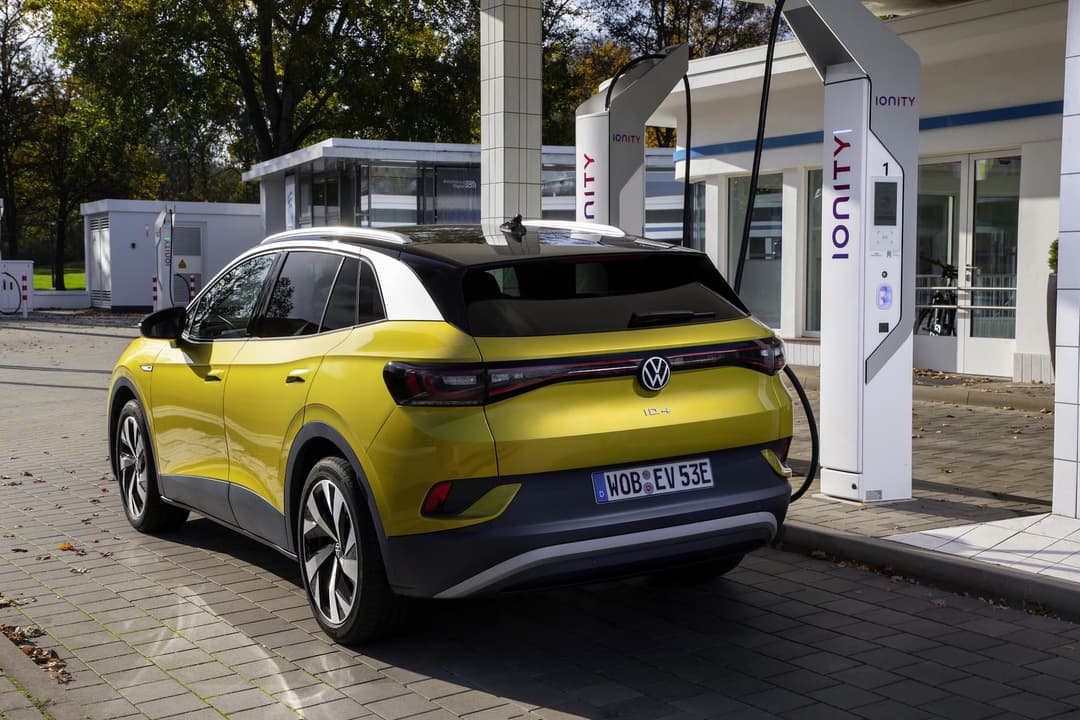
What EVs are not coming to Australia in 2022?
- Nissan Aryia – confirmed, 2023 or later
- Skoda Enyaq iV – confirmed, no ETA (likely 2022/2023)
- Tesla Model S (facelift) – 2023 or later
- Tesla Model X (facelift) – 2023 or later
- Volkswagen ID.3 – confirmed, late 2023
- Volkswagen ID.4 – confirmed, late 2023
- Audi Q4 e-Tron – under consideration
- Citroen e-C4 – under consideration
- Dacia Spring Electric – under consideration
- Fiat 500e – under consideration
- MG Marvel R – under consideration
- SsangYong Korando e-Motion – under consideration
- Ford Mustang Mach-E – ruled out for Australia
- Honda e – ruled out for Australia
- Kia e-Soul – ruled out for Australia
- MG 5 Electric – ruled out for Australia
- Renault Twingo Electric – ruled out for Australia
- Renault Zoe – axed in 2020
- Volkswagen ID.5 – ruled out for Australia
- BMW i7 – TBC, 2022/2023
- Hyundai Ioniq 6 – TBC, 2022/2023
- Jaguar I-Pace (facelift) – rumoured
- Mini Countryman (new generation) – TBC, 2023
- Mini Electric (new generation) – TBC, 2023
- Polestar 3 – TBC, 2022/2023
- Renault Megane E-Tech Electric – TBC, rumoured for 2022/2023
- Volvo XC90 (new generation) – TBC, 2022/2023
Figures by Danny Thai
About the author
Stay up to date with the latest EV news
- Get the latest news and update
- New EV model releases
- Get money savings-deal

